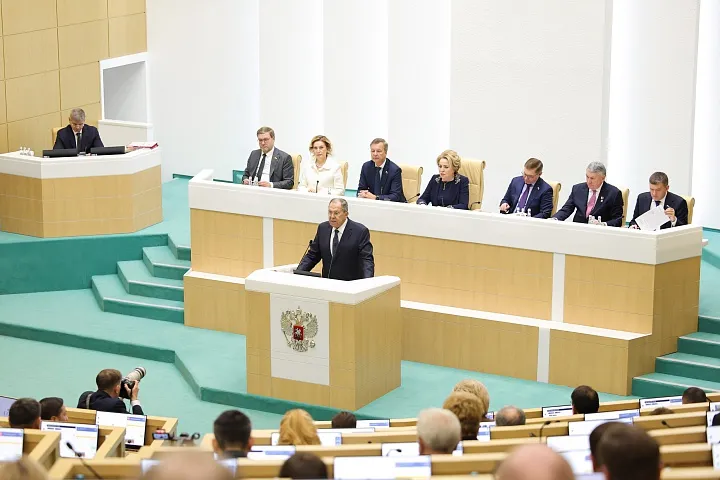Indian press ET News reported April 20 that Russia has increased its export quota of fertilizers specifically to prevent fertilizer shortages in India – which otherwise has unique capability this year to increase the global supply of grains. The temporary export quota increase is almost 700,000 tons, 231,000 tons for nitrogen fertilizers and 466,000 tons for “complex fertilizers.” The increases were announced to aid Russian fertilizer producers who face downtime, but they have already increased the flow of fertilizers to India.
India’s President Narendra Modi, as BBC News reported April 19 (no doubt with apprehension), told U.S. President Biden that India had “enough food” for its 1.4 billion people, and it was “ready to supply food stocks to the world from tomorrow.”
Russia and Ukraine would have exported 14 million metric tons of wheat and over 16 million of maize this year, according to the UN FAO. “The supply disruptions and threat of embargo facing Russia means that these exports have to be taken out of the equation. India could step in to export more, especially when it has enough stocks of wheat,” the news service quoted Upali Galketi Aratchilage, a Rome-based Indian economist at UN FAO.
India is the second-biggest producer of rice and wheat in the world. As of early April, it had 74 million metric tons of the two staples in stock. India is also one of the lowest cost global suppliers of wheat and rice, and exports rice to nearly 150 countries and wheat to 68. It exported 7 million tons of wheat in 2020-2021, but is already at a pace to export 12 million metric tons this year. But Ashok Gulati, a professor of agriculture at the Indian Council for Research on International Economic Relations, is quoted in the BBC report: “If the WTO allows government stocks to be exported, it can be even higher. India has the capacity to export 22 million tonnes [metric tons—ed.] of rice and 16 million tonnes of wheat in this fiscal year. This will help cool the global prices and reduce the burden of importing countries around the world.”
The one threat to this has been fertilizer shortages and prices, and the BBC article played up the prospect that this could bring down India’s 2022 harvests, otherwise expected large for the sixth year in a row. But Russia has taken steps to help ensure those exports.
And this with India still paying Russia for trade in euros and taking payment from Russia in yuan. The sooner the ruble-rupee trade can be hammered out, the sooner this can include mutual investment of these two nations in increasing production.




